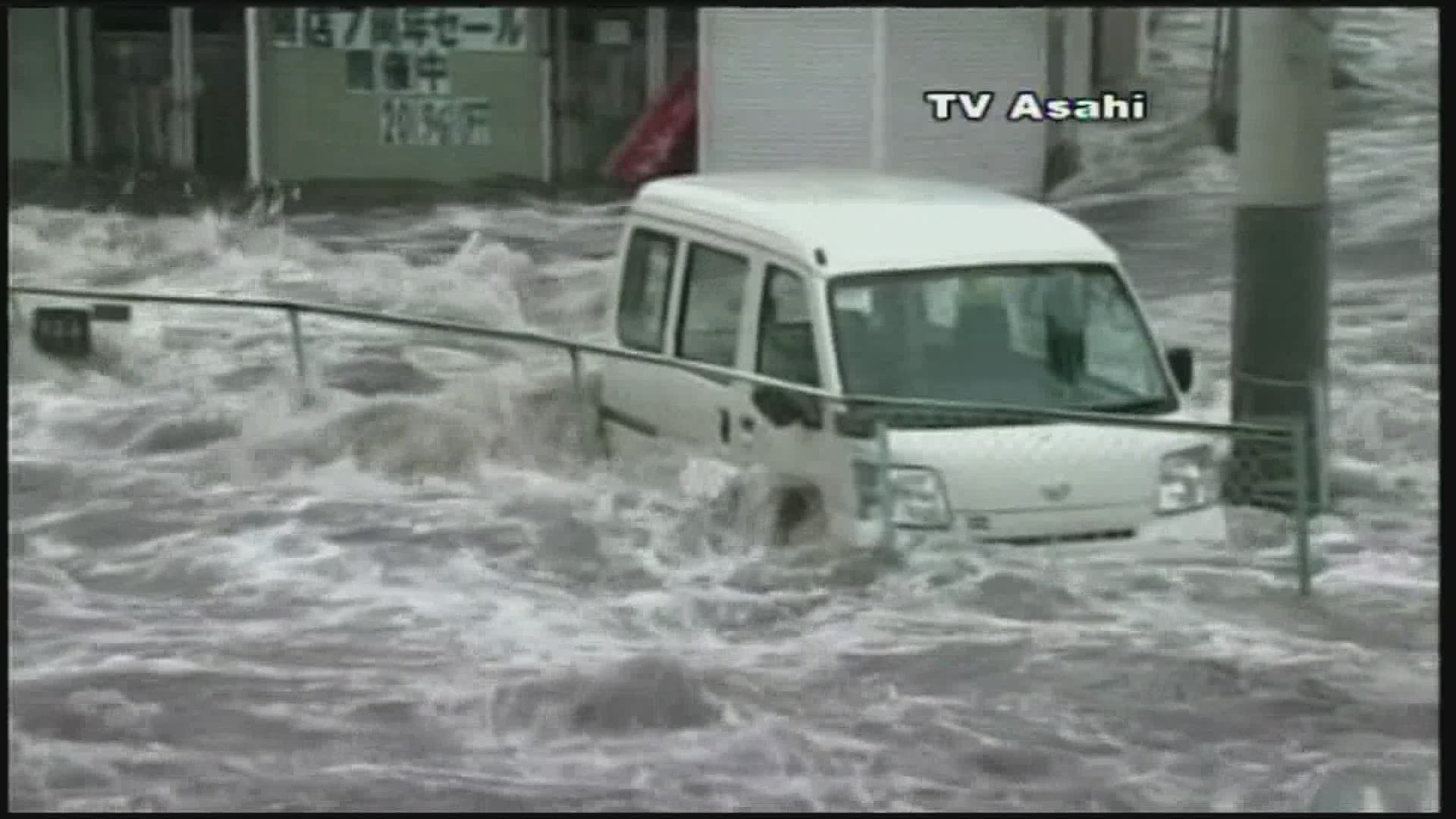Japan's new prime minister on Sunday said the planned mass disposal of treated but still radioactive water stored at the tsunami-wrecked Fukushima nuclear plant cannot be delayed, despite concerns from local residents.
Speaking at his first visit to the facility since taking office, Fumio Kishida said his government would work to reassure residents in the prefecture about the technical safety of the wastewater disposal project.
The Fukushima Daiichi plant suffered a triple meltdown in 2011 following a massive earthquake and tsunami.
Kishida's brief tour of the facility by its operator, Tokyo Electric Power Company Holdings, focused on the ongoing decommissioning of the plant, and the massive amount of treated but still radioactive water stored there.
"I felt strongly that the water issue is a crucial one that should not be pushed back," Kishida told reporters after the tour.
The government and TEPCO announced plans in April to start releasing the water into the Pacific Ocean in the spring of 2023 over the span of decades. The water will be further treated and diluted with seawater to allowable levels before disposal.


The plan has been fiercely opposed by fishermen, residents and Japan's neighbors, including including China and South Korea.
Contaminated cooling water has continued leakig from the damaged reactors since the disaster. The water has been pumped up from basements and stored in about 1,000 tanks which the operator says will reach their capacity late next year.
Japanese officials say disposal of the water is indispensable for the plant cleanup, and that its release into the ocean is the most realistic option.
Kishida said the government will do its utmost to address concerns the water disposal will hurt local fishing and other industries.
"We will provide explanation about the safety (of the disposal) from a scientific viewpoint and transparency in order to dispel various concerns," Kishida said.
Japan has requested assistance by the International Atomic Energy Agency to ensure the discharge meets global safety standards.

